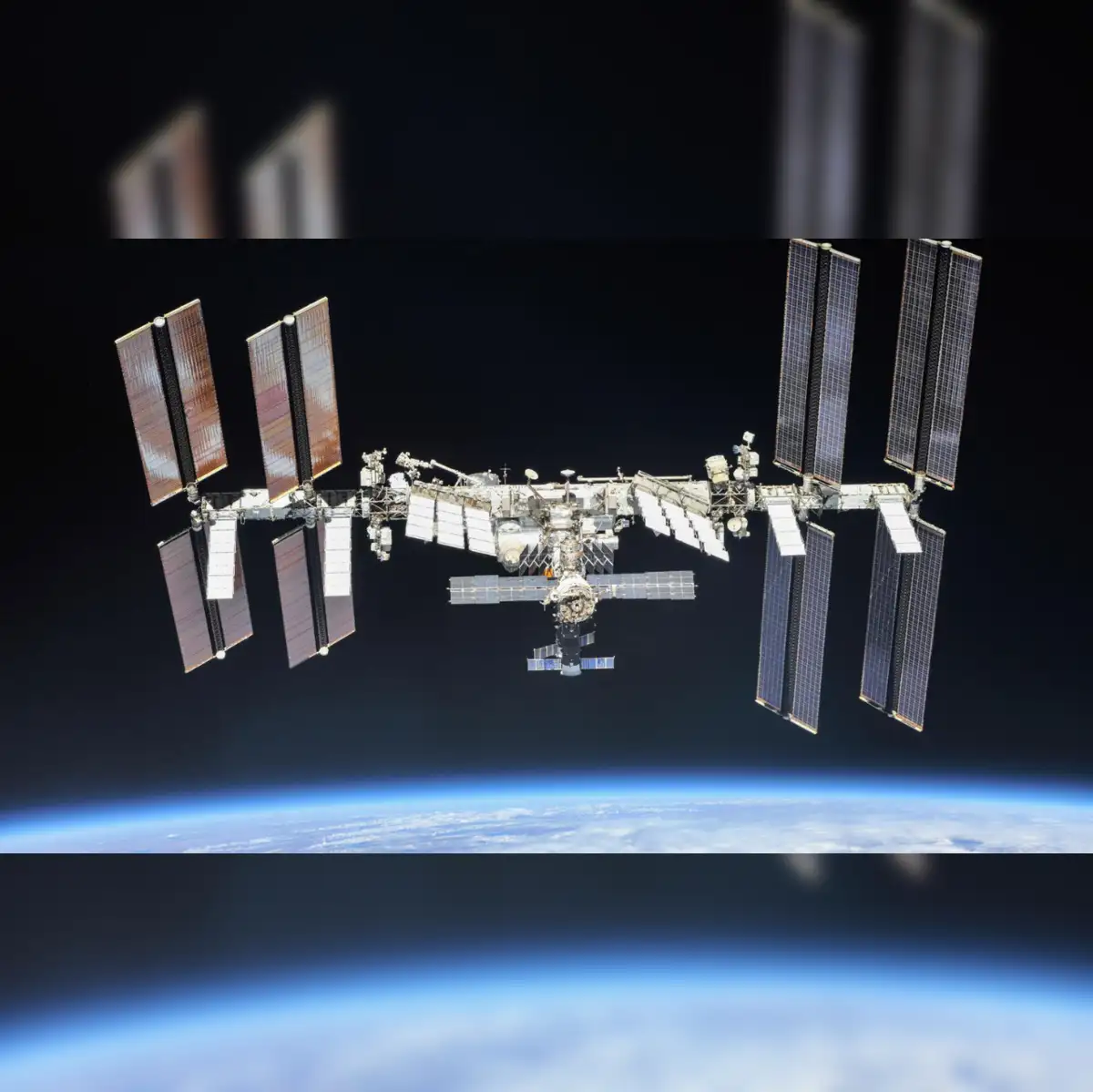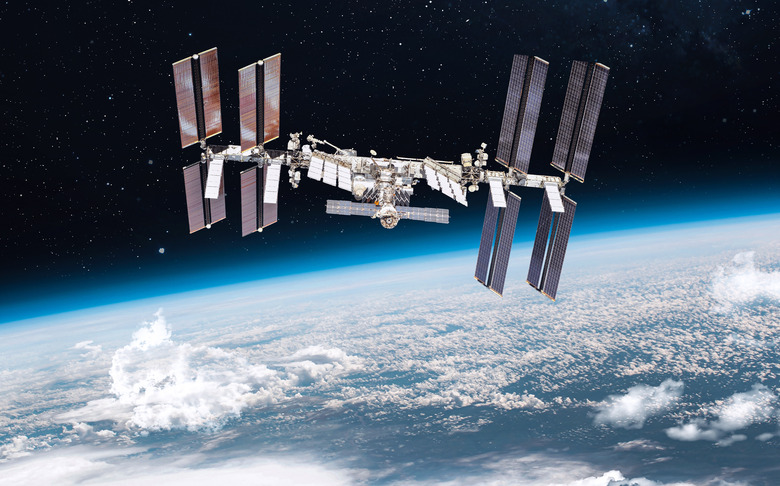After over 25 years of continuous operation, the International Space Station (ISS)—a symbol of global cooperation and space exploration—will meet a dramatic end in 2030, as NASA plans to crash it into the Pacific Ocean.
Built at an estimated cost of $150 billion, the ISS has served as humanity’s laboratory in low Earth orbit since 1998. Now, aging hardware, rising maintenance costs, and the rise of commercial space stations have pushed NASA to chart its final descent.
Why Is NASA Deorbiting the ISS?
◆Aging Infrastructure: Many of the station’s core modules are over two decades old, and maintenance in space is increasingly difficult and expensive.
◆Rising Costs: The annual cost of operating the ISS is over $3.5 billion. NASA wants to divert funding toward new missions, including the Artemis Moon Program and Mars exploration.
◆Rise of Commercial Stations: Private companies like Blue Origin, Axiom Space, and Voyager Space are working on next-generation space habitats that can take over ISS functions at a lower cost.

How Will NASA Crash the ISS?
The process is known as “controlled deorbiting.” Here’s how it will unfold:
1. Slow and Low: In 2030, NASA will begin gradually lowering the ISS’s altitude using thrusters.
2. Target: Point Nemo – Also known as the “spacecraft graveyard,” Point Nemo is the most remote oceanic location on Earth, located in the South Pacific. It’s the ideal site to minimize risk to human life.
3. Final Push: A spacecraft—likely a modified Progress cargo vehicle from Roscosmos (Russia)—will give the final deorbiting thrust to guide the station into Earth’s atmosphere.
4. Fiery Descent: Most of the ISS will burn up during re-entry. Remaining debris will fall harmlessly into the ocean near Point Nemo.

What’s Next After the ISS?
NASA plans to rely on commercial space stations starting in the early 2030s. These will support research, tourism, and potentially long-duration missions preparing astronauts for Mars.
The ISS may be crashing, but space exploration is rising to a new dawn—more commercial, more global, and more ambitious than ever before.


